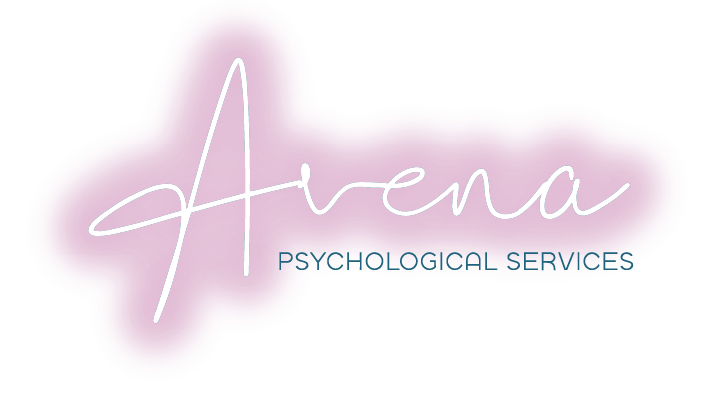Understanding Existential Dread vs Crisis
Existential dread is the uncomfortable feeling that arises when contemplating life’s biggest questions—mortality, freedom, purpose, and the unknown. Unlike fleeting worries, existential dread can feel more profound and persistent, making you question the meaning of your existence.
While it may sound overwhelming, it’s important to recognize that these thoughts are a natural part of self-reflection and growth.
Though related, existential dread and existential crisis differ in intensity and impact:
What’s the Difference?
- Existential Dread: A general feeling of unease or uncertainty about life’s bigger questions. It’s often a passing state, triggered by moments of reflection.
- Existential Crisis: A more intense and prolonged period of questioning that can significantly disrupt daily life, often leading to feelings of despair or a need for major life changes.
Existential Crisis vs. Existential Anxiety, What’s the Difference?
- Existential Crisis involves deep questioning that can feel overwhelming and disruptive.
- Existential Anxiety refers to the persistent worry or unease related to life’s uncertainties, even if it doesn’t reach crisis levels.
Recognizing where you fall on this spectrum can help determine the best approach to manage your feelings.
Why the New Year Can Trigger Existential Dread?
The transition to a new year acts as a natural checkpoint, prompting self-evaluation and future planning. This reflection can lead to questions like:
- Am I living a fulfilling life?
- Have I made meaningful progress?
- What if I don’t achieve my goals?
While these thoughts are normal, dwelling on them excessively can lead to distress. The key is to acknowledge them without letting them dominate your mindset.
How to Manage and Escape Existential Dread?
If you’re feeling weighed down by existential thoughts, consider these strategies:
1. Stay Present
Ground yourself in the moment instead of getting lost in the “what-ifs” of the future. Simple mindfulness techniques—like deep breathing, meditation, or a walk in nature—can help re-center your thoughts.
2. Reframe Your Perspective
Rather than seeing existential dread as a problem, view it as an opportunity for growth. What aspects of your life feel misaligned? What changes can you make to bring more fulfillment?
3. Set Small, Meaningful Goals
Instead of trying to “solve” life’s biggest questions, focus on small, meaningful actions. Engage in activities that bring joy, whether it’s picking up a hobby, deepening relationships, or volunteering.
4. Limit Overthinking Time
Allocate a specific time—maybe 15 minutes a day—to reflect on existential concerns, then move on to something engaging or uplifting, like reading a book or listening to music.
5. Seek Support
Talking to trusted friends, mentors, or therapists can help process your thoughts and provide valuable perspective. Sometimes, simply verbalizing your worries can make them feel more manageable.
Turning Existential Dread into Personal Growth
While existential dread can feel daunting, it also serves as a reminder of our deep desire for a meaningful life. Instead of fearing the unknown, try embracing it with curiosity. The journey itself is just as valuable as any destination.
Final Takeaway: You don’t need to have all the answers right now. Focus on living intentionally, staying present, and finding joy in the small moments. The New Year isn’t about achieving perfection—it’s about continuing your journey with curiosity and compassion.
Here’s to embracing the unknown with confidence and optimism!
Contact us to schedule an appointment with a professional in New York or New Jersey.

